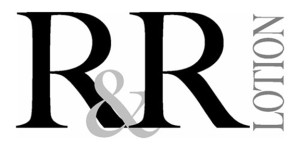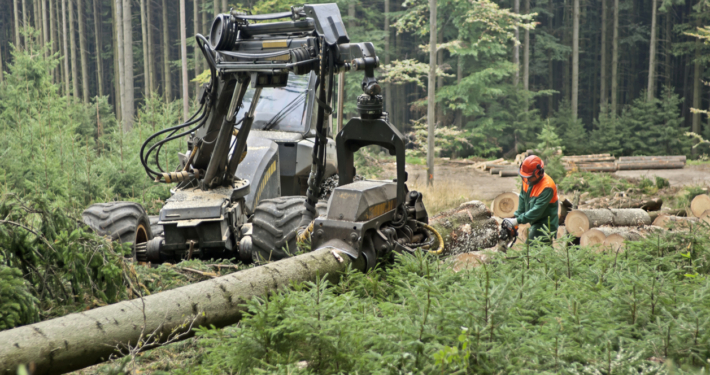Navigating the Hidden Peril: Poison Ivy and the Urgency of Preventive Action
By: Richard Rich
The Widespread Impact of Occupational Skin Disorders
Occupational skin disorders loom large across all industries in the United States, marking them as one of the most common occupational diseases. With a prevalence rate of work-related dermatitis estimated between 10% and 17.6%, the issue is more extensive than it may initially appear, largely because many mild cases go unreported. Among these conditions, allergic contact dermatitis (ACD) is particularly significant, affecting up to 20% of individuals. Triggered by an immune response to substances that come into contact with the skin, ACD highlights the crucial need for proactive prevention and early treatment.
The Subtle Onset and Extended Impact of Poison Ivy Reactions
One of the most deceptive aspects of poison ivy exposure is the latency of its effects. Symptoms can take up to 72 hours to emerge, often leading individuals to underestimate their exposure or delay seeking treatment. In severe cases, the reaction can extend from 14 to 21 days, necessitating prescribed steroids to manage the inflammation and discomfort. This delayed reaction time complicates the management of occupational exposure to poison ivy, emphasizing the importance of immediate and proactive measures to prevent contact and mitigate the potential for extended illness and productivity loss.
The Critical Role of Poison Ivy in ACD
The contribution of poison ivy to ACD is both significant and well-documented, with allergic reactions causing significant downtime for workers, thereby increasing lost productivity and associated healthcare and workers’ compensation costs. The prevalence of sensitivity to poison ivy, oak, or sumac in the U.S. affects 50% to 75% of adults, leading to over 115,885 doctor visits and 43,000 emergency department visits annually. These figures underscore the pervasive threat posed by these plants and the vital importance of effective prevention strategies.
Introducing I.C. Ivy Block: A Superior Protective Solution
I.C. Ivy Block emerges as a groundbreaking solution in combating poison ivy-induced ACD. By offering a comprehensive shield through four distinct protective mechanisms, I.C. Ivy Block surpasses the efficacy of leading alternatives, which often provide only one or two forms of protection. Integrating I.C. Ivy Block into workplace safety protocols significantly reduces the risk of ACD, thus decreasing OSHA reportables and protecting both employees and the financial health of organizations.
The US Forest Service reports that dermatitis from Toxicodendron species accounts for 10% of time lost due to injury-related rashes.
Elevated Risks in Certain Industries
The danger is especially acute in sectors with greater exposure to poison ivy through outdoor work or occupational roles, including farming, construction, landscaping, and forest firefighting. In regions like California, Oregon, and Washington, dense forestry exacerbates the risk, with a third of firefighters each season incapacitated by dermatitis from these plants. The financial burden of treatment underscores the economic rationale for prevention, consuming 1% of California’s yearly workers’ compensation budget of $11.4 billion in 2014.
The Compelling Case for Prevention
The argument for I.C. Ivy Block extends beyond simple prevention. It represents the profound benefits of embedding comprehensive safety measures into workplace protocols. By choosing I.C. Ivy Cleanse and I.C. Ivy Block, employers not only maintain productivity but also implement a cost-effective approach that far outweighs the costs associated with neglect. This investment in preventive measures ensures enhanced protection against poison ivy, oak, and sumac, bolstering the organization’s financial stability and operational efficiency. By adopting this proactive stance, businesses navigate the challenges posed by these plants while fostering a culture of safety and wellness for everyone involved.







